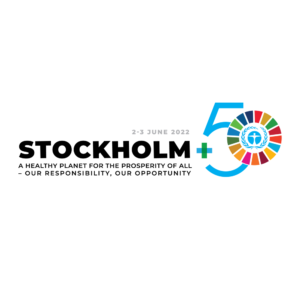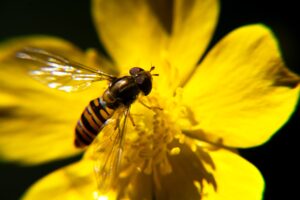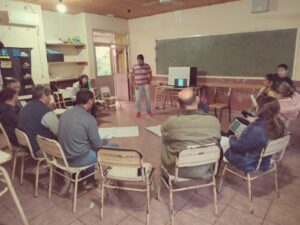Sustainable agriculture for a better world
There is no silver-bullet approach to making agriculture more sustainable, but those at the vanguard of change are proving there are solutions. The combination of technological innovation, new ways of farming and changing consumer demand will create a meaningful shift in the world’s food footprint. The tools, technology and practices that could completely transform food production from an environmental burden to a green solution are coming. Whether we use them is up to us.
The way we produce food has accelerated climate change, but can sustainable production methods help to reverse it?
Agriculture as a whole, and the deforestation that sometimes accompanies it, contributes nearly a quarter of greenhouse gas emissions. Farming also accounts for 70% of water usage worldwide.
This is not only changing the climate but also affecting our ability to grow food in the first place. Drought, flooding, high temperatures and rising sea levels are turning productive parts of our planet into places that are incapable of growing food.
But what if we could produce food in a way that not only reduces the impact farming has on the planet but could even be beneficial for the climate.
Cattle are ruminants, meaning part of their digestive system (the rumen) is designed to ferment low-nutrition foods like grasses and leaves. It contains an assortment of microbes that help them extract as many nutrients as they can from their food. Unfortunately, some of these microbes produce methane that is then released from the rumen.
Taking into account that the methane is produced by these microbes called Archaea, scientists discovered a potential solution to solve the cow’s methane release: blocking the process and persuading Archaea not to produce the methane the cows would become basically climate neutral.
Researchers are interested in the methane-inhibiting properties of an unlikely source: seaweed. Asparagopsis, a warm-water seaweed species grown in Australia, contains a compound called bromoform that when used to comprise as little as 2% of a cow’s diet, reduces the animal’s methane emissions by up to 98%.
There are, however, questions over whether cows like the taste of bromoform – in some experiments livestock reduced the amount they ate after the seaweed was introduced to their diet. Bromoform can be carcinogenic in humans, although there is little research to show whether this is transferred into any meat and diary products. Many people are also already exposed to low levels of bromoform through tap water.

Another issue is chemicals usage
One solution is to use farming techniques that use these chemicals more carefully. New technology is enabling large scale farmers to reduce their use of water, fertilisers, pesticides and herbicides while at the same time boosting their profits. Precision agriculture, as it is known, aims to target the right amount of water and chemical treatments to only where they are needed, avoiding widespread spraying and wastage.
One such development is the use of silica nanoparticles that release fertiliser and pesticides at a slow, steady rate, reducing the amount and frequency with which they’re used. Some of these solutions also contain microorganisms to help jumpstart soil regeneration.
There is no silver-bullet approach to making agriculture more sustainable, but those at the vanguard of change are proving there are solutions. The combination of technological innovation, new ways of farming and changing consumer demand will create a meaningful shift in the world’s food footprint. The tools, technology and practices that could completely transform food production from an environmental burden to a green solution are coming. Whether we use them is up to us.
Source: BBC
#agriculture #climatechange #ghgemissions #sustainablefood








